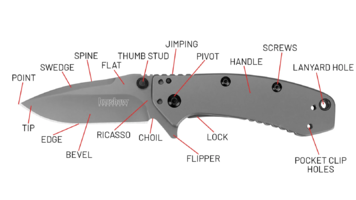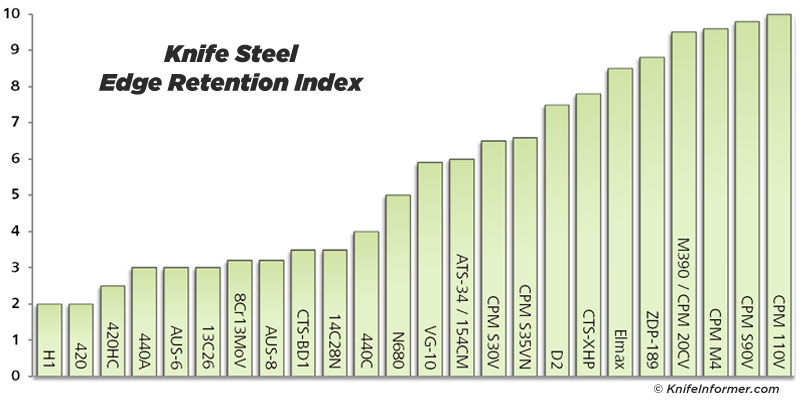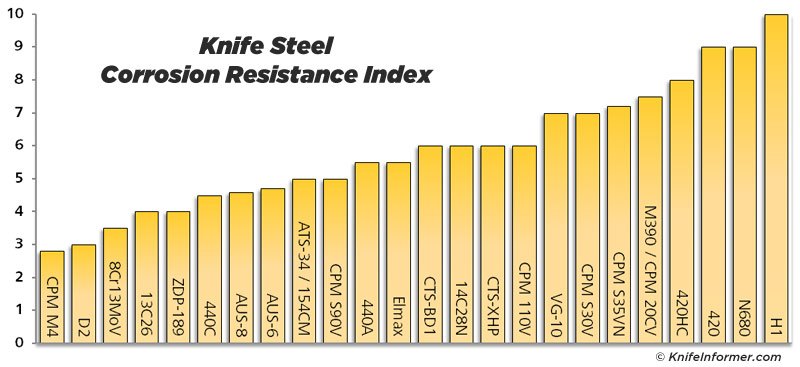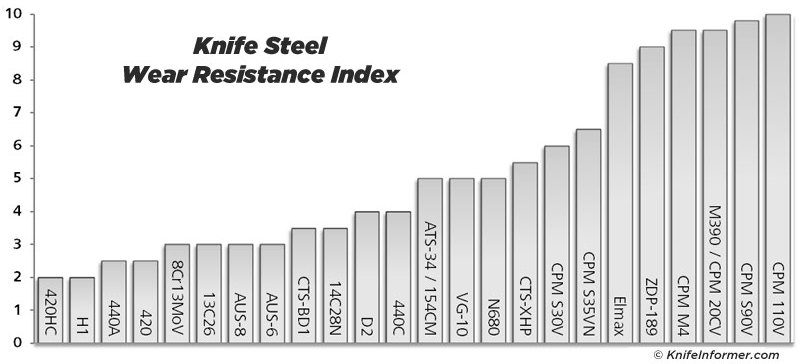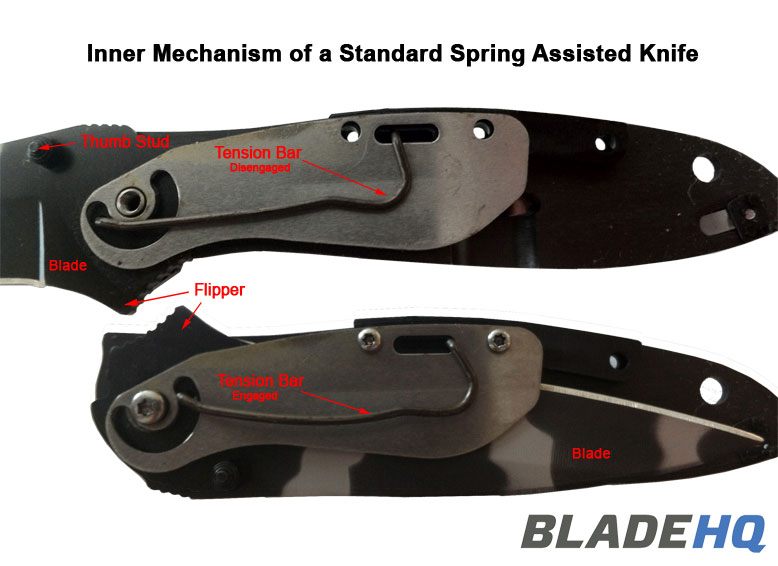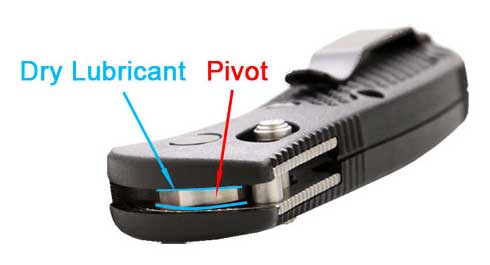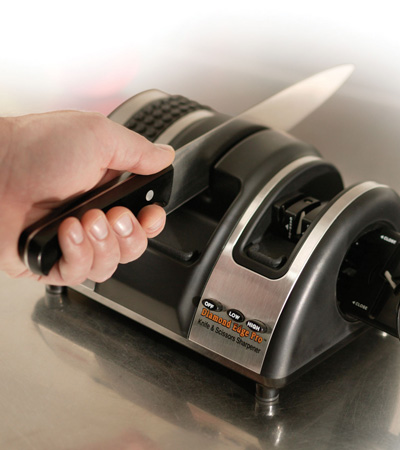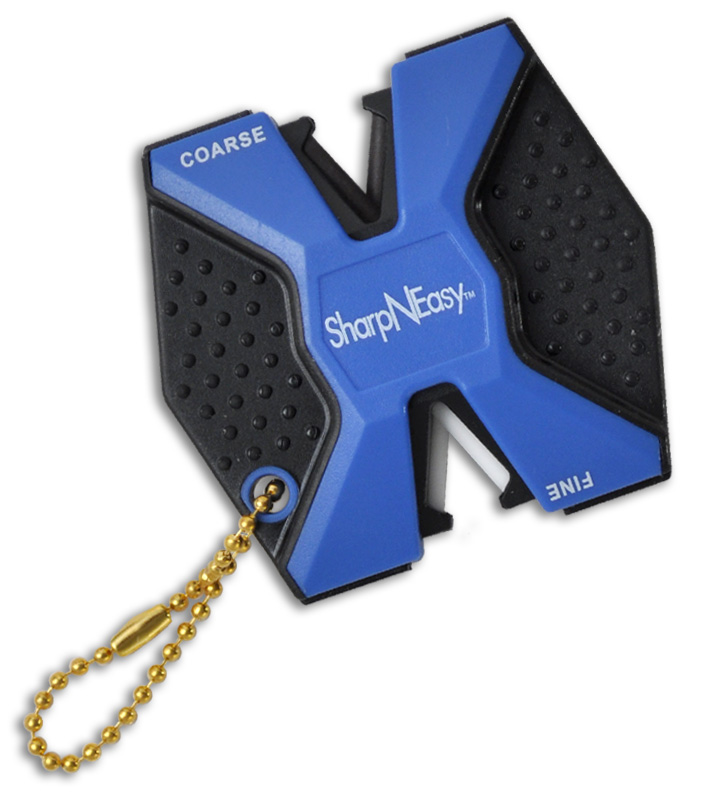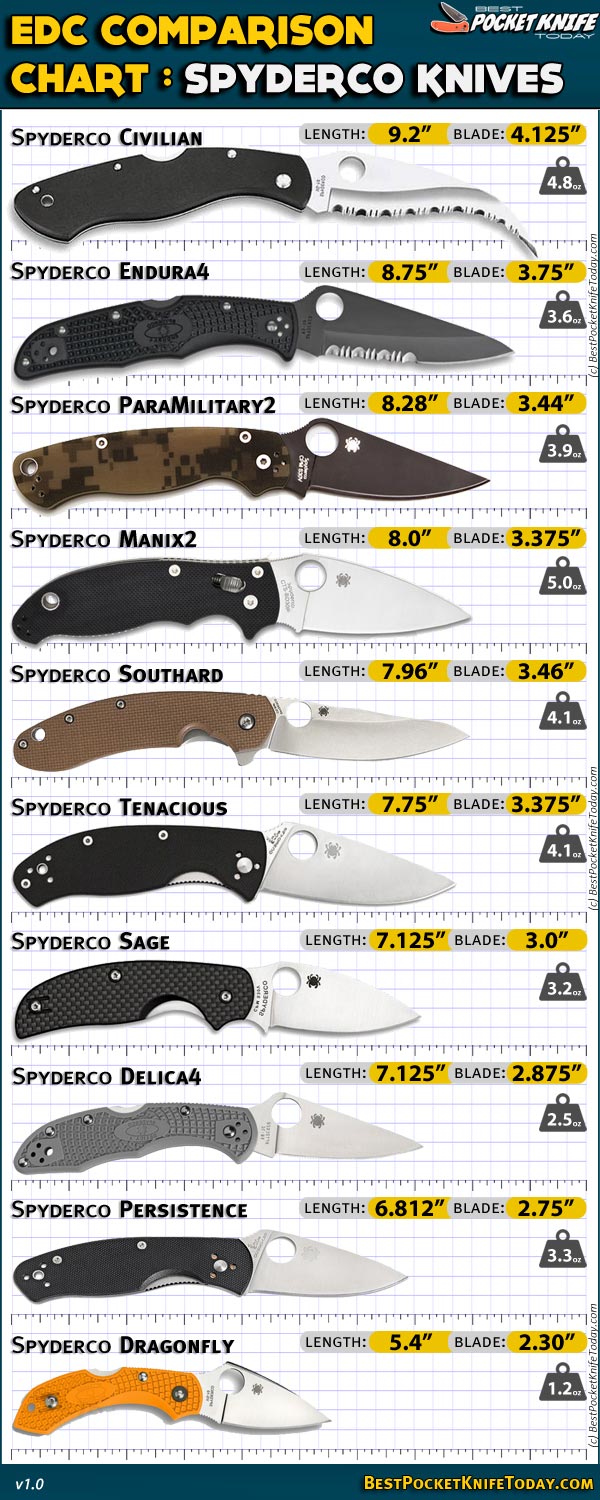Some great info from BUCK USA:
https://www.buckknives.com/about-knives/choosing-the-right-knife/
Pocket Knives
Pocket knives are still high on the list of favorites - great to carry in your pocket for all the times you might need a blade. The blades don't lock open, but that's not critical for their utilitarian use. When a non-locking blade is opened, generally a spring holds the blade in the open position. Typically, pocket knives are two-hand open/close and have nail notches to aid opening.
Blade Shapes
Another thing to consider when choosing a knife is the blade shape. What shape will work best for your needs? Below are the most common blade styles.
Drop Point
This blade is full bellied with a strong, thick point for heavier tasks. It can also be used as a general work knife. The top of the blade drops down toward the tip, which minimizes accidental puncturing while skinning. The drop point blade is strong and very versatile.
Modified Tanto
Holding many of same features as the regular tanto blade, the angled point is modified between the front edge and the bottom edge on this particular blade. Holds up to piercing, scraping, and prying with tough materials.
Tanto
Very strong for heavy duty use. Holds up to piercing, scraping and prying with tough materials. Many tactical knives utilize this blade shape.
SKINNER
Best suited for skinning game. The tip is narrow, while the wide curved belly gives a nice skinning sweep that aids in getting through thick layers. The downward angled, more blunt point makes it harder to make an accidental slice through the hide.
Pen
This is a smaller version of the larger "spear point" blade. Pen blades are usually on pocket knives as a handy, all-purpose blade.
Coping
A narrow blade with a sharp, angular point, it is designed to be used for cutting in tight spots or curved patterns, much as you would with a coping saw, only without the teeth.
Clip
The crescent tip makes the blade thinner with a sharper point. This shape provides good control for detail work and cutting in tight places. It is also well suited for intentional punctures like new holes in your belt, etc. While the point of the blade is effective for detail work, it's not as strong as the thicker points on drop points and skinners.
Caping
Almost scalpel-like in shape, it has a mild drop point, with nearly a spear tip that is used for the delicate removal of the hide of the face of a trophy animal. The shape makes caping knives perfect choices for birds and small game. Caping knives tend to be slim and very light duty so they are not always a right choice if you only intend to carry a single knife.
Serrations
Serrations give your Buck blade greater cutting power. Especially useful when cutting line and/or cables.
Gut Hook
For great performance when field dressing game, a gut or skinning hook is an ideal tool. We’ve paid careful attention to the angles on the sharpened edge, shape and size of the entry opening and location of the hook on the blade, making a Buck gut hook the best.
